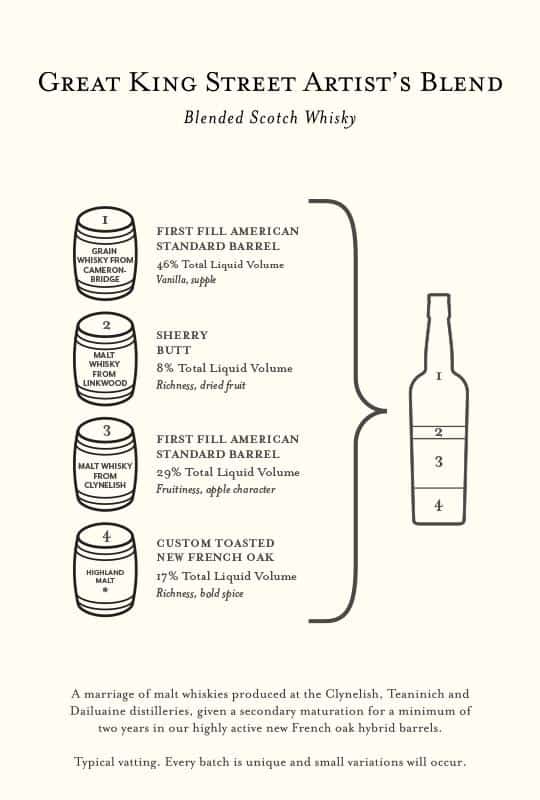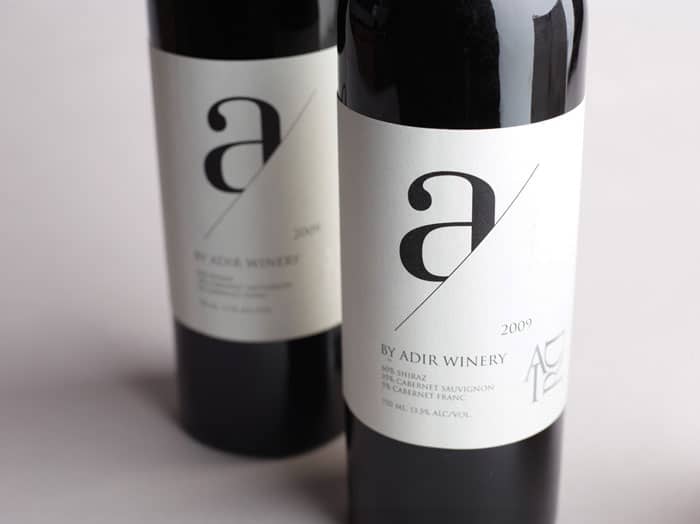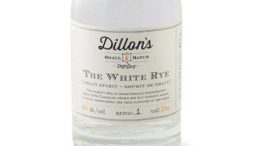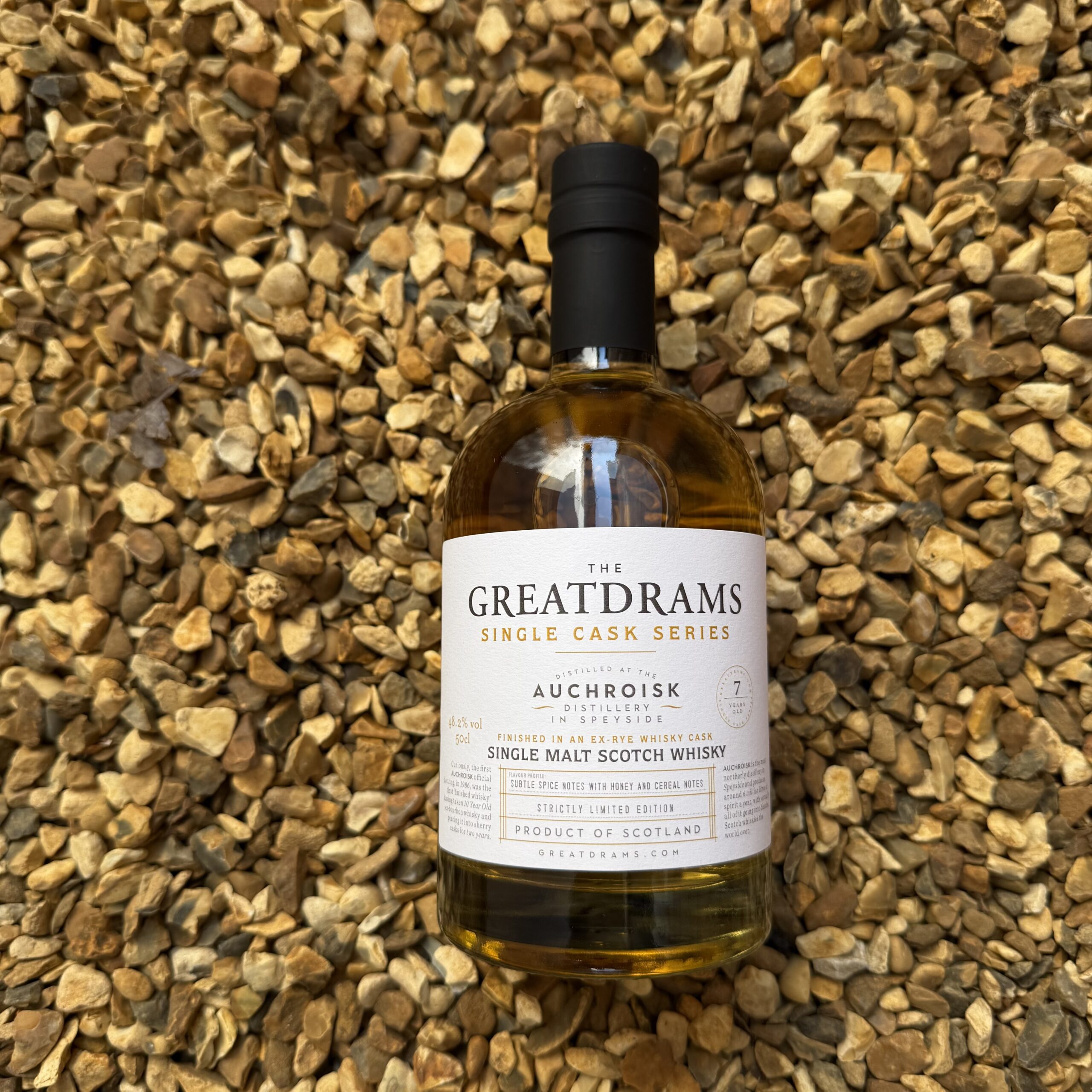The GreatDrams take on the Transparency in Whisky debate
let’s begin
For a while now, Bruichladdich and Compass Box have driven the Transparency in Whisky debate through innovative ways of talking about their whiskies’ composition, and receiving the occasional wrist-slap as a result.
Where does this Transparency in Whisky movement stem from? Well… I’m glad you asked.
Distrust…
So, Millennials are driving greater honesty and openness in what goes into their, and our, food, where it has come from, what processes it went through and how it got to their plate.
But, sadly, this goes beyond the comfort level of many-a-blender or distiller as the industry has thrived on mystery, myths and marketing stories for so many years that they are unsure of what to do or say so as to not get in hot water with the SWA, or, obviously, their employers.
The Scotch Whisky Association, or SWA, rules forbids the explanation of the composition of a whisky’s blend on pack in any form. You are allowed to explain the detailed ‘recipe’ for each single malt and blend in the digital world but is rarely explained beyond cult-hero brands such as Bruichladdich and Compass Box who tell you either the cask lineage of the single malt recipe, or the age and distillery for each component of a blend.
Check them out here:
Bruichladdich – https://www.bruichladdich.com/
Compass Box – http://www.compassboxwhisky.
The interesting thing for me is that consumers just want to know some basics
In all my insight studies, the result is always the same; they want to know stories, a few tales of the distillery, some unexpected smile-raising anecdotes featuring distillery workers having a few too many and falling asleep on a tractor that then rolls into the side of a warehouse. That sort of thing.
Then they want to feel like they can understand what goes into the product, so the basic composition of the product, like, for example, the A/ from Adir Winery wine bottle pictured below that shows the % proportion of the grapes used in the wine’s blend. That’s enough to give an understanding and facilitate further exploration if they wish to.
And Ardbeg did it with Ardbeg Rollercoaster a few years back (see image below), and my point here is not to shame those who use very young spirit, but to show what can be done when young and old play nice together in the bottle, and how young whiskies with their more potent, punchy flavour profiles work well when married with the softer, mellowed, developed whiskies that are often heralded by bloggers and consumers.
This is not to say that regulations should be dropped, as they are what keep the distillers, blenders and bottlers honest and the quality so high in every single whisky release that hits the shelf, but being more open would engage a lot more consumers who want to explore and understand through simple info bites.
In itself this becomes a selling point, a talking point and a premiumisation strategy, without losing those rich stories and hidden depths of character that we all know, love and celebrate every day in the industry.















